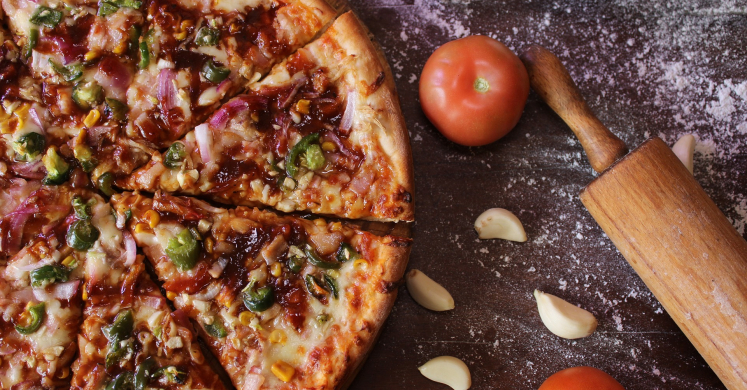Blog

Seasonal Meal Planning and Food Prep with UPMC Health Plan
Interested in weekly meal prep but not sure where to start? Learn how to create weekly seasonal meal plans that work for you and your family with Let’s Move Pittsburgh and UPMC Health Plan health coaches.
Class Materials: Meal Planning and Food Prep PDF, Garden Veggie Bowl Recipe, Pittsburgh Seasonal Produce Guide
FAQS:
How do I know what’s in season?
We’ve created a Pittsburgh Seasonal Produce Guide for you and for family to use as a reference sheet. I also recommend checking out https://seasonalfoodguide.org/. You are able to look up what’s in season based on location, time of month, and type of produce! It also includes native plants, like fiddleheads and nettles, that you could find while foraging in your local woods. Best of all, if you click on the produce listed (e.g. apricots), it gives you an outline of how to cook, prepare and store each item. I use this website all of the time!
What is the 4-3-2-2 approach?
If you are new to meal prepping, I recommend starting off with the 4-3-3-2 method as a starting point for buying perishable items. The formula is as follows:
- 4 types of vegetables (such as a bag of leafy greens, a couple of sweet potatoes, a bundle of carrots, a head of a cruciferous vegetable)
- 3 types fruit (such as apples, strawberries, and bananas)
- 3 types of protein (such as fish, eggs, and tofu)
- 2 types of dairy/dairy alternative (such as Greek yogurt and soy milk)
Depending on your needs, family size and preferences, your formula ratio might look a little different, but following a system like this will set you up with the ingredients needed to make balanced meals. As for shelf stable items, check out my plant-forward pantry guide.
How can I tell if my meals are balanced?
It can be confusing because sometimes meals can look “healthy” (for example, a vibrant green salad), but if your plate doesn’t have an adequate amount of protein and fat, you won’t feel satisfied. Not eating enough calories throughout the day or eating unbalanced meals can cause you to “overeat” later to make up for those nutrient needs. In order to create filling and nourishing meals, you want to make sure that your plate includes all of the macronutrients and food groups. Food falls within the category of three macronutrients: carbohydrates, protein and fat. These three macronutrients are essential for our bodies to grow and function properly. The biochemical structure of food is complicated. Some food items have all three macronutrients but in general:
- Fruits, veggies, and whole grains fall under the carbohydrate category. They give us quick energy and are our body’s main source of fuel.
- Beans, seafood, yogurt, chicken and eggs are all great sources of protein. Protein is essential for muscle growth and repair.
- Nuts, seeds, avocado, olives, and vegetable oils are classified as fats. We need fat for cell repair and to properly absorb vitamins and minerals, specifically vitamins ADEK.
If you are following the recommendations of the Harvard Healthy Eating Plate, you are checking the boxes of all of those macronutrients. When meal planning, try asking yourself: does this meal have a vegetable or fruit, does it have a protein, does it have a whole grain or a starchy carb? If it doesn’t, what can I add to make the meal more balanced?
I struggle with cooking throughout the week. Do you have any food prep tips to speed up the cooking process?
Here are a list of ways to prep food in the beginning of the week to shorten the cooking process on those busy weeknights:
- Cook a batch of whole grains and freeze in individual portions using a muffin tin. Once they are frozen, the discs can be stored in a reusable freezer bag. Check out this oatmeal cup recipe!
- Wash and chop your fruits and vegetables in advance for an easy grab-and-go snack.
- Roast a sheet pan of veggies to pair with meals as a flavorful side, omelette topping, or sandwich filling.
- Hard boil eggs to use as part of a quick and easy breakfast, snack or salad topping.
- Prepare different sauces to dress your veggies and protein with to transform the flavors of your meals and leftovers.
- Befriend your slow cooker or instantpot for big batch staples and quick hands-off meals.
- Looking for ways to store food sustainably? Check out the Phipps Online Store for different eco-friendly kitchen products

